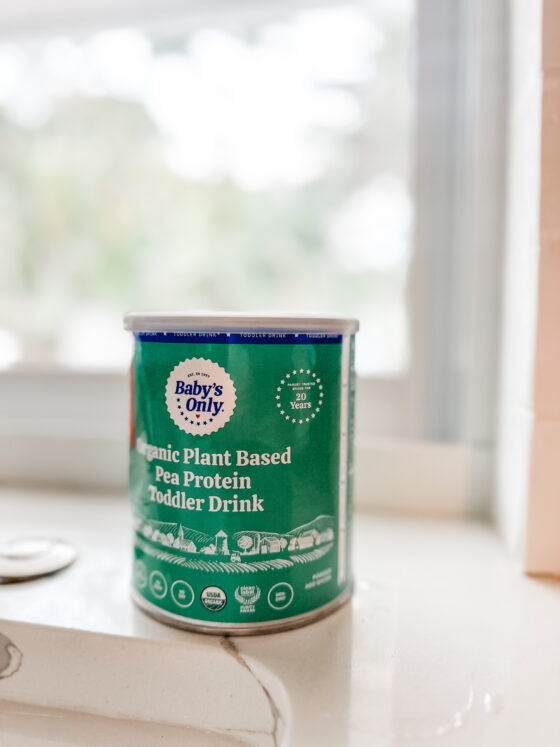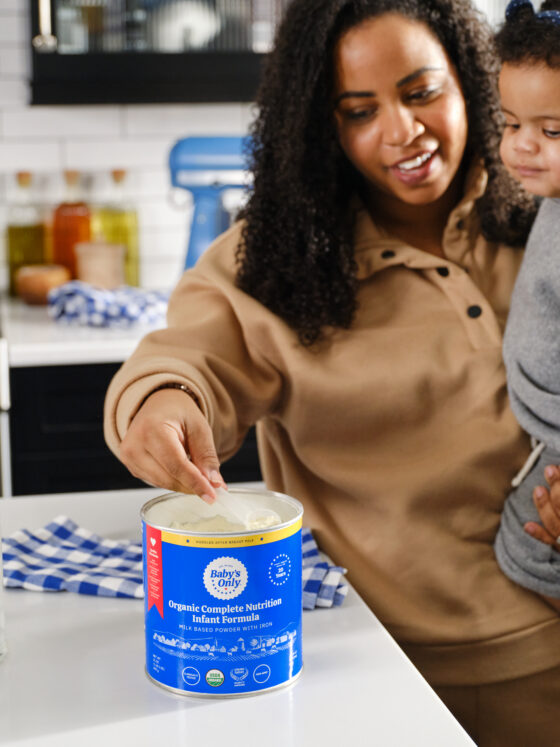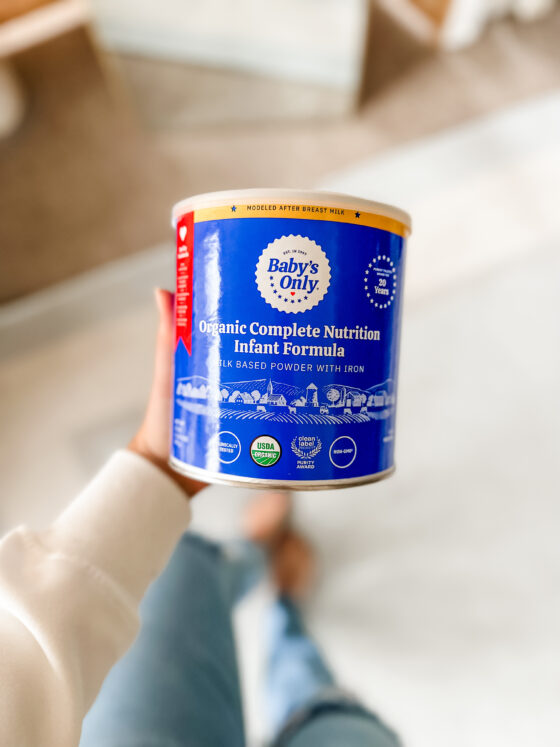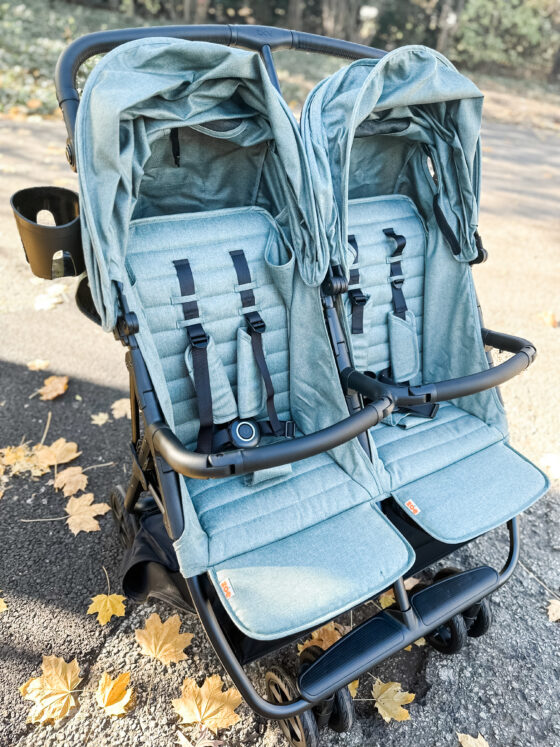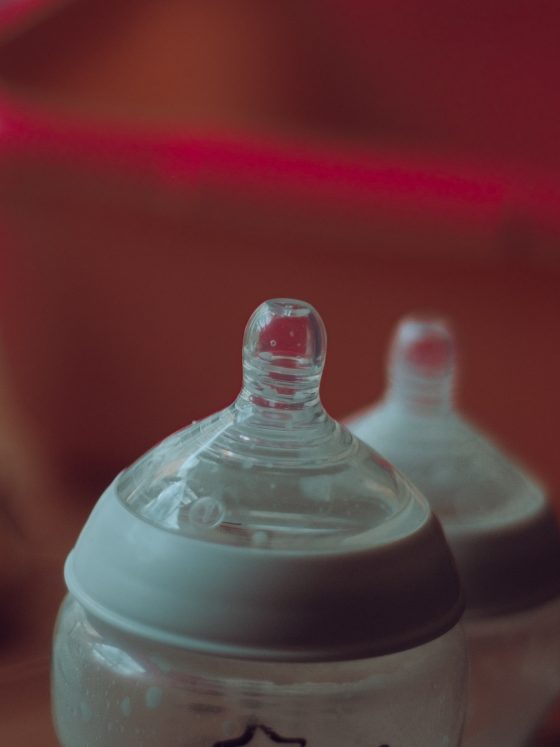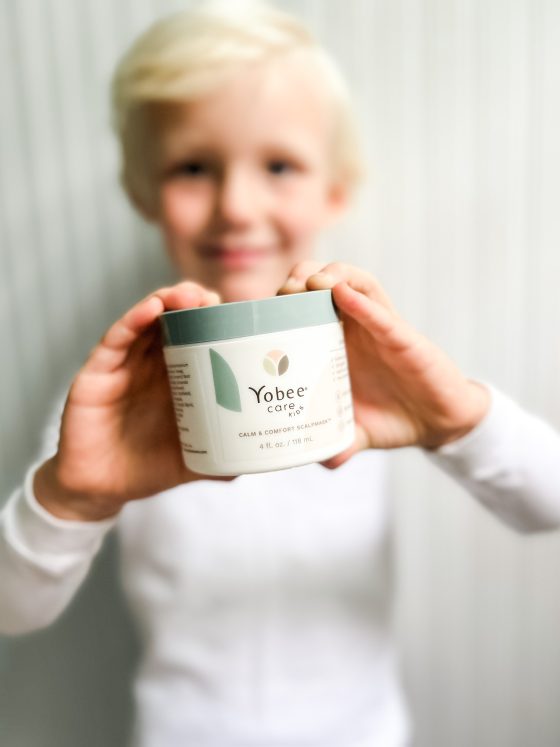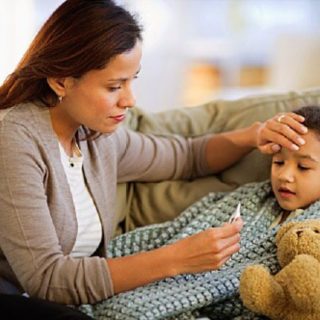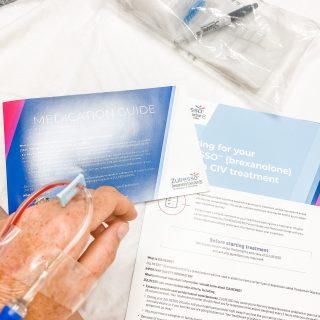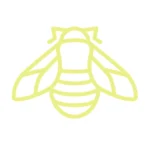5 dental tips for babies, toddlers + kids

Are you looking for ways to encourage your child to embrace better oral hygiene? You’re not alone. February is National Children’s Dental Health Month, and it is designed to raise awareness of the importance of good oral health starting at an early age. I understand this can be a difficult feat for some parents, as children often want to spend their time playing instead of focusing on oral health. As a pediatric dentist in Chicago, I am here to provide 5 tips that will help keep your child’s smile free of decay year-round.

Why baby teeth are so important
While it is true that your child’s baby teeth will eventually fall out, they should remain firmly in place until it’s time for them to make room for the adult teeth developing underneath the gums. The reason your child’s pediatric dentist places such a strong emphasis on good oral hygiene at a young age is that children are prone to developing cavities early on. Their limited dexterity when it comes to brushing and flossing allows for bacteria and food particles to accumulate in those hard-to-reach areas, resulting in plaque formations and harmful acids attacking the tooth enamel. As a result, cavities will form and the potential for more serious dental problems increase.
Should tooth decay plague your child’s smile, it may mean baby teeth falling out sooner than they should. Unfortunately, if the permanent tooth is still years away from moving into place, your child’s natural teeth can shift and fall out of alignment, resulting in avoidable orthodontic treatment later on.
Your child’s dentist can insert a space maintainer to help avoid this problem but keeping their baby teeth right where they belong should be the goal.
5 tips for a healthy smile in your child:
1. If they are not old enough to brush their teeth, do it for them, but make sure you’re brushing for two full minutes twice a day
If they can brush on their own, observe their technique to make sure they’re doing it correctly.
Correct technique: Circular scrub with a gentle motion. Brushing with too much pressure can injure the gums. Try to aim the bristles at a 45 degree incline to the gumline and gently scrub the teeth all the way to the gums in a circular motion getting all surfaces.
Pro-tip: Most children can’t brush effectively until around age 7.
Toothbrushes: I really like Oral B Stages toothbrushes that have the ADA seal of acceptance and are the ones I give out to my patients in my practice. They make it very easy to choose the correct toothbrush for your child’s age. The brushes have different handle sizes approprtiate for the child’s gross motor stage as well as different head sizes that make it easy to get to the specific teeth developing at each stage of development. It is very important that the bristles of the selected brush are soft.
- Oral B Stages baby toothbrush (4-24 months)
- Oral B Stage 2 toothbrush (2-4 years)
- Oral B Stage 3 toothbrush (5-7 years)
Are electric toothbrushes ok to use?
Yes! As long as they are rechargeable (not battery operated) and have small enough head sizes to fit into tiny mouths! Try this Frozen rechargeable electric toothbrush or this Spiderman one!
Toothpaste: I recommend using Fluoride toothpaste from the start. Fluroide is one of the most widely studied topics in public health and is our best defense against cavities when used as directed.
Parents should use a rice grain or smear amount until children can spit and then use a pea size amount after that once children can spit. This usually happens between age 3 and 4 for most kids. The best Fluroide toothpastes have the ADA seal of acceptance. Kate’s kids love this strawberry fluoride toothpaste!
2. Start flossing their teeth once you begin to notice that their teeth are touching
I think the easiest thing to begin flossing with is a floss pick. Glide makes a great one with their tape that doesn’t shred!.
That said, use whatever is easiest in your child’s hands. Some people prefer traditional floss and that is 100% A-ok. That’s what we use at our house!
Mouthwash: I generally recommend a simple routine of brusing effecitvely twice/day for 2 mins and flossing whereever teeth are touching. Fluoride containing mouth rinses with the ADA seal of acceptance can be an appropriate complement to this routine if your child is at particularly high risk for developing cavities. Best to chat with your American Board Certified Pediatric Dentist about your child’s specific situation and what they recommend!. This kids strawberry fluoride mouth rinse is ADA approved and is a good option!
**Remember, mouthrinses should not be used in children who can’t spit and should really only be used at the direction of the child’s pediatric dental specialist after a checkup if the child is younger than 6 years of age.
3. Throw away their toothbrush after 3-4 months of use
Bacteria can accumulate, so it’s best to discard their brush and replace it with a new one.
4. Swap out sugary or starchy snacks with healthier alternatives
Healthy snack ideas: apple slices, red pepper slices, carrots, hard-boiled eggs, cheese sticks, yogurt, and salted cucumbers.
Did you know? These Zollipop Clean Teeth Suckers are a good option if give candy to your child? They’re made of xylitol, which is a natural sugar alternative that tastes sweet but doesn’t cause cavities. I also love this brand because the founder is a a child 🙂
5. Maintain regular six-month dental checkups and cleanings with your child’s dentist
According the the American Academy of Pediatric Dentistry the first visit should be by the first birthday or within six months of the first tooth erupting. The idea is prevention, prevention, prevention!
Just be sure that you are seeing an American Board Certified Pediatric Dentist – click here to see if one is available to you in your area! While we certainly count on our general dentist colleagues to serve the needs of children around the country, board certifcation is a very important distinction!
6. BONUS: When should my child stop using a pacifier?
Pacifier use, or non-nutritive sucking as we call it in our profession, is a comptletely normal behavior for babies in the first year of life. After that it becomes a habit that can have ill effects on the position of the teeth and oral structures and can lead to speech and potential orthodontic treatment that could otherwise be avoided.
I really think it’s easiest to break these habits around the first birthday but definitely before the second birthday. Stopping by the 3rd birthday is the official recommendation of the AAPD.

Have you seen our blog post on Teething Tips?
Check out our Amazon store for our favorite brushing teeth items!
More about Dr. Mira Albert:
At Brush Pediatric Dentistry, Dr. Mira Albert leads a team of Hinsdale pediatric dentists who make it possible for little ones to achieve healthier smiles. Offering a fun and exciting environment filled with kid-friendly amenities, we believe in helping children become enthusiastic about oral hygiene while keeping parents informed of ways they can work to improve and help their child maintain healthier teeth and gums at home. If you are looking for tips or suggestions to get your child excited about optimal oral hygiene, contact us at (630) 504-2223 to learn more about National Children’s Dental Health Month in Hinsdale.
For more information, check out Brush Pediatric Dentistry’s blog posts and website or go to the AAPD’s website for children’s teeth.
Click here to see which products have the ADA seal.
**This post is educational and not meant to take the place of your provider. Bumblebaby makes a small commission on some of the items listed above


